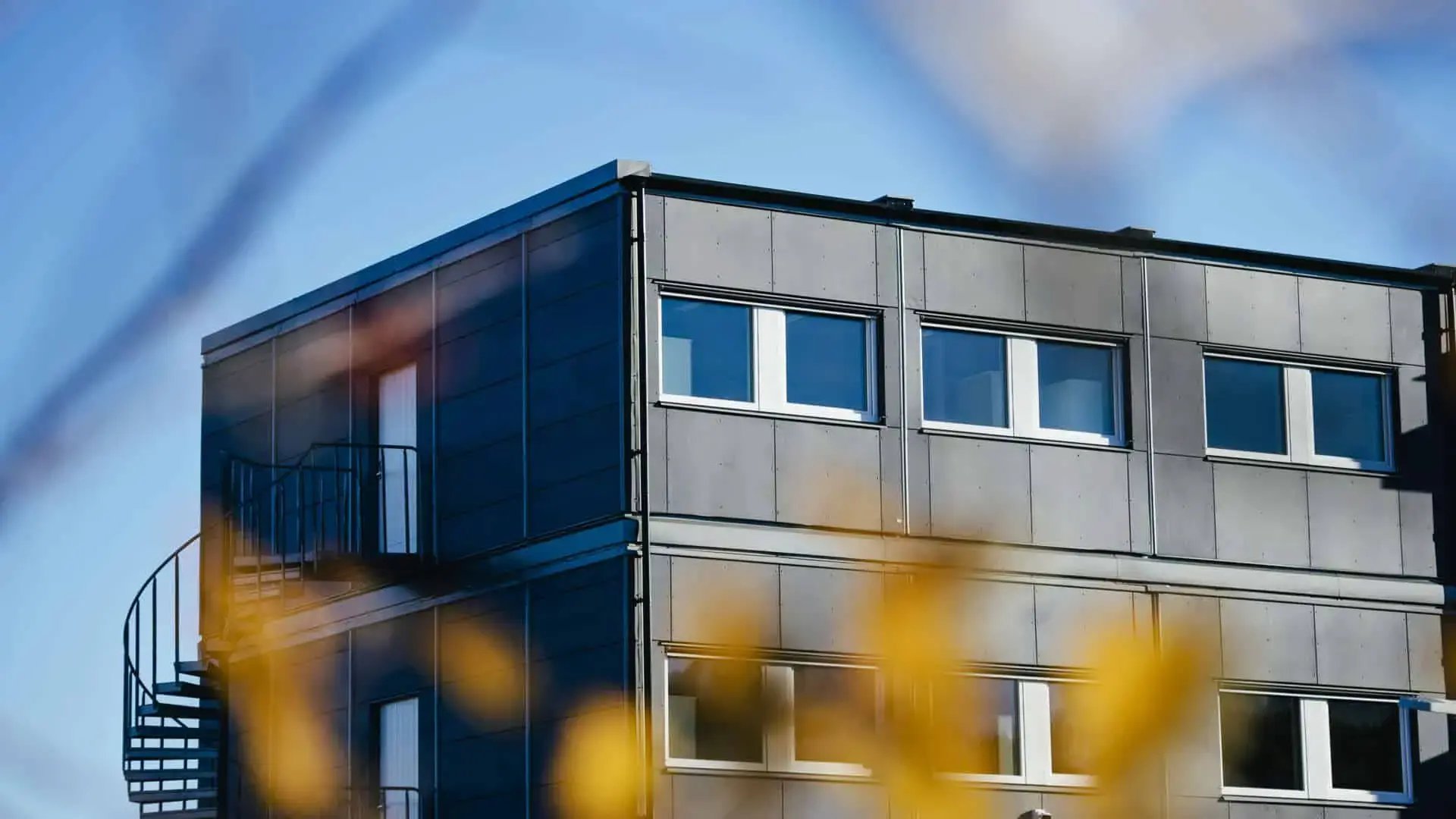
4 benefits of adaptable buildings
A flexible solution that meets the local needs of municipalities’ and technology that contributes to a more sustainable society. The number of decision-makers who chooses to secure the supply of public buildings in their municipalities for the future with the help of adaptable building solutions – are increasing steadily.
Societies growing rapidly
The demographic development can be forecasted, but there are also societal changes and trends that are difficult to predict. Temporary demographic fluctuations can make it difficult for municipalities to plan for the local demand of public buildings.
This is where Adapteo’s adaptable buildings can contribute to the solution, a solution based on industrial construction technology. We build, rent, and sell adaptable buildings for schools, daycare centres, offices, accommodation, and events – to name a few.
"For many municipalities, it is challenging to constantly be prepared for all the possible changes that can occur in society. Our fast and flexible solutions can therefore be an important part of meeting their needs. To put it simply, Adapteos role in the construction of society is getting increasingly important", says Philip Isell Lind Af Hageby, President & CEO of Adapteo.
Philip Isell Lind Af Hageby believes that adaptable buildings have several benefits for municipalities. The flexible, modular building solutions solve temporary needs, while at the same time being an environmentally sustainable alternative.
We asked Philip to highlight four benefits of building modularly.
The security inaccessibility
Many municipalities have a long-term supply plan for public buildings, but unpredicted changes – such as a sudden increase in school students – requires alternatives that can be activated fast. Flexible, adaptable buildings with shorter construction time than permanent buildings can offer the security of always being able to provide the premises needed. Even the ones that are more difficult to plan for.
Beneficial financing model
The combination of ownership and rented premises provides financial freedom. Owning permanent buildings can provide long-term benefits, while leased modular buildings – for short-term needs – increase flexibility and provide the opportunity to optimize space. This way, the customers can access exactly the surface needed, neither more nor less. Without the risk of empty premises, which requires resources even when not used, there are better conditions for maintaining a healthy budget and using resources more efficiently.
Sustainable materials and reduced waste
ironmental impact of a building largely depends on the materials used. The primary material for many types of industrially built modular houses is wood, which has a lower climate impact compared to materials such as concrete and steel.
Another key factor for creating sustainable constructions is minimizing waste. Industrial production enables a systematic strategy for using resources. Any material remaining from the construction of one building can simply be used for the next.
A circular life-cycle perspective
Modular buildings can be reused and adapted to the needs of each new customer. After being in use for a few years in one municipality, a school can be transported to another and become an office. Adapteos buildings are used in a circular system where they usually live five full lives as different types of public buildings.
"The framework can remain the same while the interior can be varied to fit the specific needs of our different customers", says Philip Isell Lind Af Hageby, President & CEO of Adapteo.